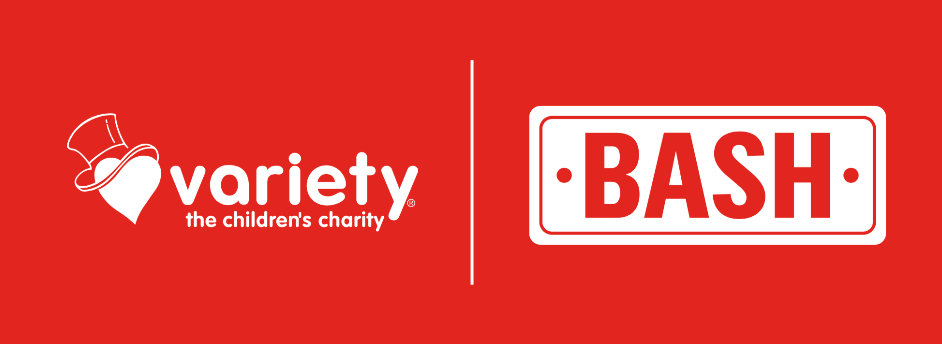Conveyancing is the process of transferring ownership of a legal Title of land (or house or other real estate) from one person or entity (i.e. a company) to another.
Stages of conveyancing
1. Before the Contract of Sale:
During this period the seller of the property usually engages a solicitor to prepare a Vendors Statement. This is the document that provides details of the property to be sold. The document allows the buyer to check any deficiencies with the Title to the property, to view the services connected on the property, and other things.
The Vendors Statement is later attached to a Contract Note (usually prepared by the real estate agent for the seller) these are the preliminary documents which allow the property to be first sold and then later transferred to any prospective buyer.
2. After the sale of the property
The conveyancing process requires that the seller’s legal representative prepare various documents including a Transfer of Land document. This is signed by the seller and the buyer and later lodged with the Titles Office to record the change in ownership.
3. The settlement
This is where documents are finally exchanged and the change of ownership is completed by lodging the documents at the Titles Office and the State Revenue Office.
The overall conveyancing process involves legal expertise in the:
- Checking of the Vendors Statement.
- Checking of the Contract of Sale.
- Preparing the necessary transfer documents for registration at the Title office (on behalf of the Purchaser).
- Preparing the necessary documents for the State Revenue Office (again for the Purchaser).
- Liaising with banks for those who are purchasing with finance.
Rate adjustments
The term rate adjustments means to adjust the rates (both land and water rates) between the seller and buyer of the property. This means that if the property sold during the rating year the Purchaser needs to pay the portion of the rates from when they enter the property.
This is done on a pro rata basis. For example, if the rates are assessed over a year from June 2015 until June 2016 and the Purchaser enters the property after settlement in December 2015, the rates will be adjusted to mean:
- That the seller will pay the rates from June 2015 to the date of settlement in December 2015; and
- The Purchaser will need to pay the rates from December 2015 until June 2016 – as they are the owner of the property as and from December 2015.
- The adjustments are usually dealt with at settlement. A Statement of Adjustments is prepared by the seller’s legal representative. In the example outlined above, the Purchaser would allow a portion of money back to the Vendor, and the Purchaser’s rates would then be paid until the end of June 2016.
Stamp Duty
As part of the conveyancing process any Purchaser is required to pay Stamp Duty. This is a tax imposed by the Government. It is assessed as a percentage of the purchaser price i.e. the Stamp Duty goes up as the purchase price goes up. Even if land or real estate is gifted to someone (without payment), Stamp Duty will still be payable.
In Victoria the Stamp Duty is assessed as follows:
| $0 – $25,000.00 | 1.4% of the dutiable value of the property |
| $25,000.00 – $130,000.00 | $350.00 plus 2.4% of the dutiable value of the property in excess of $25,000.00 |
| $130,000.00 – $960,000.00 | $2,870.00 plus 6% of the dutiable value of the property in excess of $130,000.00 |
| Over $960,000.00 | 5.5% of the dutiable value of the property in excess of $960,000.00 |
e.g. The Stamp Duty payable on a property purchased for $500,000.00 would be $21,970.00.
In certain circumstances a discount of the Stamp Duty may be available to those in receipt of a pension, or those purchasing their first home.
Registration fees
The Government also charges fees for registering the new owner on Title at the completion of the conveyancing process. These fees vary according to the purchase price of the property.
For example, the transfer/registration fees on a purchase of a property in the sum of $500,000.00 is $1,366.00 (there may also be a charge to register a mortgage on the Title for the Purchaser’s bank – this fee is $111.00.
Therefore, a conveyance from the seller to the buyer for a property valued at $500,000.00 will cost the buyer (not including legal fees) approximately $523,446.00.
i.e.
Purchase price $500,000.00
+ Stamp Duty $ 21,970.00
+ Registration fee $ 1,366.00
+ Mortgage fee $ 111.00
Total: $523,446.00
This is general information only. Please contact the team at Tonkin Legal for expert legal advice that takes your unique personal situation into account prior to making any decisions based on this article.


